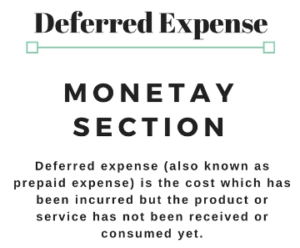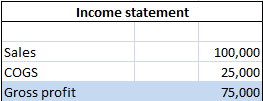Accrued income is the income which has been earned but has not yet been received. This earned income falls under this category only if the company has right to receive this income. Accrued income is recorded for the period for which it is accrued and not for the period in which invoice is raised or payment is received.
For example, XYZ ltd holds a contract with ABC ltd to provide accounting solutions for the accounting year 2016 – 2017. As per the terms of agreement, invoice will be raised in accounting period 2017 – 18 and payment shall be made after that.
As the company XYZ ltd is providing its services throughout the year, the portion of income thus generated will be recorded for the period 2016 – 2017 and not for 2017 – 18 (in which invoice is raised).
Companies which use cash basis accounting do not use this term as they record the transaction when cash is received.
Accrued income is considered as current asset for a company (if the payment is expected to be received within a year) and is recorded on assets side of a balance sheet.

 As this is the cost for advance payment, this is treated as current assets (If the underlying goods or services are expected to be taken within a year) on balance sheet of a company.
As this is the cost for advance payment, this is treated as current assets (If the underlying goods or services are expected to be taken within a year) on balance sheet of a company.